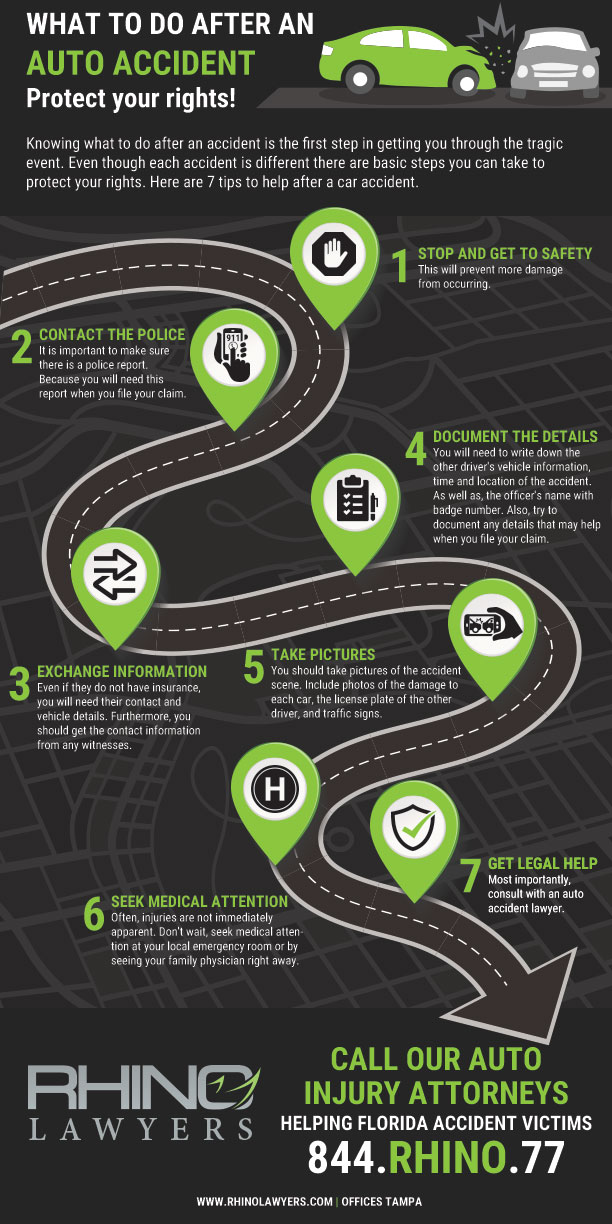More than 1 million electric bicycles were sold in the U.S. in 2022, according to the Department of Energy. E-bikes are changing the way people commute, exercise, and explore cities, but many riders don’t realize they’re also subject to specific e-bike laws, and violating them can lead to serious consequences.
Some states require helmets. Others restrict where you can ride. A few even impose speed limits depending on the bike’s class.
Whether you’re cruising to work or hitting a scenic trail, knowing the rules keeps you safe and prevents fines. Here’s what you need to know to ride legally and confidently.
What are E-Bike Classifications?
E-bikes fall into three categories, and each one has different rules. This classification system is used in most states to determine where and how e-bikes can be used.
- Class 1 bikes only provide motor assistance when the rider is pedaling and stop assisting at 20 mph
- Class 2 bikes have a throttle that works without pedaling, and also stop assisting at 20 mph
- Class 3 bikes assist only when pedaling but allow speeds up to 28 mph
Some states restrict Class 3 e-bikes from bike paths or require extra safety measures like helmets and speedometers.
Federal Regulations Governing E-Bikes
Federal law provides a basic definition of e-bikes, treating them like traditional bicycles rather than motor vehicles. This classification means e-bikes don’t require a driver’s license, registration, or insurance under federal law.
However, they must meet specific conditions to qualify:
- Must have operable pedals
- Motor power must not exceed 750 watts
- Assistance must cut off at 20 mph when not pedaling
These regulations come from the Consumer Product Safety Commission, which oversees bicycle manufacturing and safety standards. However, this only applies to how e-bikes are sold, not how they are used on the road. That part is left up to states and local governments.
Because of this, traffic rules for e-bikers vary depending on location. Some states follow federal guidelines, while others impose stricter rules on speed, where e-bikes can be ridden, and who can operate them. This inconsistency often confuses riders, especially those traveling between states.
State-Specific E-Bike Laws
E-bike laws change significantly from state to state. Some states regulate e-bikes like traditional bicycles, while others impose extra restrictions. Understanding e-bike regulations by state is necessary for riders to stay compliant and avoid unexpected fines.
For instance, Florida allows all three e-bike classes on roads and bike lanes, but local governments can ban them from sidewalks. There is no age restriction for riding e-bikes, but helmets are required for riders under 16.
Meanwhile, California has stricter laws. Class 3 e-bikes (which can reach 28 mph) are not allowed on multi-use paths unless local governments permit them. Helmets are also required for all Class 3 riders, regardless of age.
Some state rules that impact riders include:
- New York requires helmets for all Class 3 riders and anyone under 18 on any e-bike
- Oregon does not allow anyone under 16 to operate an e-bike, regardless of class
- Illinois requires e-bikes to have a label displaying their classification, motor wattage, and max speed
In some states, violations of these rules result in small fines, but in others, breaking e-bike laws can lead to citations similar to traffic violations. Riders should always check state and city laws before heading out, as local governments can impose their own rules.
Local Ordinances and Trail Access
Even when state laws allow e-bikes in certain places, local governments might set additional restrictions. Some cities ban them from parks or require special permits.
For example, Denver allows e-bikes on trails but limits speeds to 15 mph. Meanwhile, New York City permits e-bikes on streets and bike lanes but not on sidewalks. Violating these rules could result in e-bike traffic violations, which might include fines or confiscation of the bike.
- Some cities prohibit e-bikes on pedestrian trails
- Many parks require lower speed limits for e-bike riders
- Some local governments require permits for certain e-bike uses
Checking with city or park officials before riding is the best way to avoid penalties.
Safety Equipment and Operational Requirements
Riding safely means more than just following the law. Some states require helmets, lights, or reflectors depending on the bike class and rider age. Following electric bicycle safety tips can reduce the risk of accidents.
- Helmets are required for Class 3 e-bikes and riders under 18 in most states
- Lights and reflectors are needed for nighttime riding in many areas
- Hand signals are often required when turning to alert other road users
Even where not legally required, using safety gear improves visibility and protection.
Potential Penalties for Non-Compliance
Breaking e-bike laws can lead to fines, impoundment, or even criminal charges in some cases. E-bike traffic violations vary by location but tend to involve similar offenses.
- Riding a Class 3 e-bike on a restricted bike path may result in fines
- Exceeding local speed limits can lead to warnings or citations
- Riding without a required helmet may result in a ticket in some states
Avoiding penalties means knowing the law and following it every time you ride.
Recommendations for Staying Informed and Compliant
Rules for e-bikes can change, so staying informed is important. Riders can keep up with legal requirements for e-bikes by checking state websites or local government pages.
- Reviewing state and city laws regularly helps avoid unexpected rule changes
- Joining local e-bike communities can provide updates on restrictions and enforcement
- Contacting legal professionals like RHINO Lawyers can clarify complex regulations
A little research before heading out can prevent costly mistakes and keep you riding legally.
Avoid Costly Fines and Legal Trouble
Breaking e-bike laws can lead to hefty fines, or worse, an accident that could have been avoided. From understanding bike classifications to following local ordinances, staying informed is the key to a hassle-free ride.
If you’ve been hit with a ticket or involved in an e-bike-related accident, RHINO Lawyers is here to help. Unlike traditional firms, we handle legal matters on your terms; text, chat, or call us when it’s convenient for you. Fast, reliable, and aggressive representation is what we do best.
Get a free case evaluation today and take control of your situation before it’s too late.
CONTACT TAMPA TRAFFIC TICKET ATTORNEY
RHINO Lawyers can help and guide you through a system molded by law enforcement, judges, and lawyers for decades. Having won cases for our clients in similar circumstances, our criminal defense team knows what it takes to fight on your behalf.
Let RHINO Lawyers answer your questions and review the facts of your case with a Free Consultation. So, get started by completing the “Free Instant Case Evaluation” or by calling us any time, day or night, at (844) RHINO-77.










